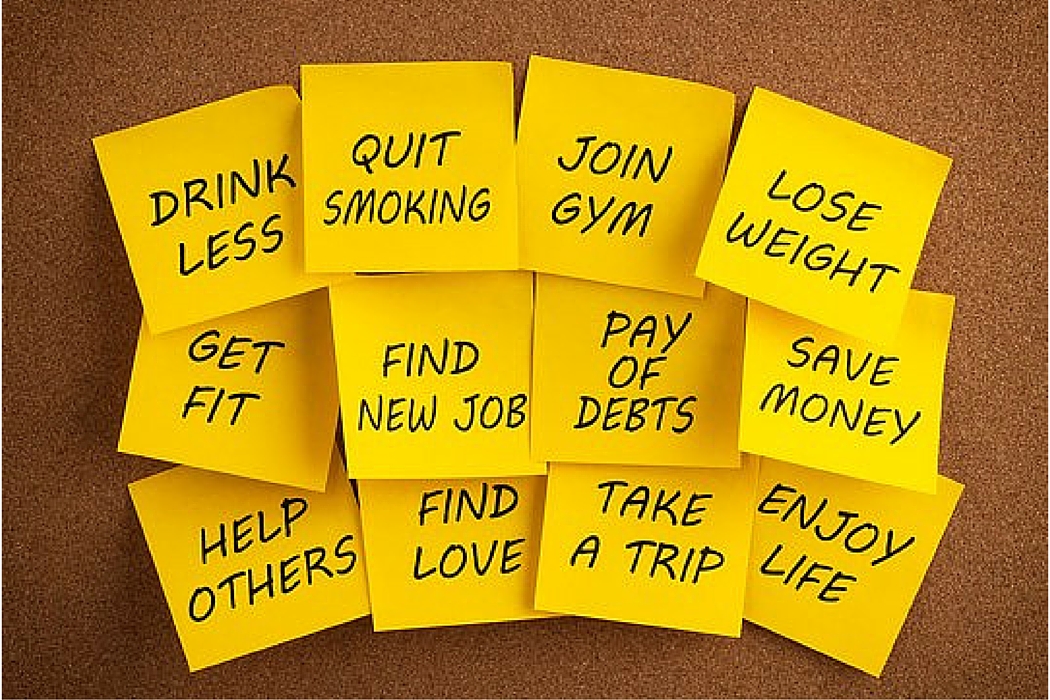Since two interns started learning about how I go about training, coaching, and view exercise – it made me take time to think about my thoughts and perspective on what I do when it comes to physical performance and strength.
This led me to this article where I want to share with you my typical guideline on how I set up training sessions. When I mentioned to my wife that I wanted to share more about how we go about training and building a Ku body, she asked, “Aren’t you affraid of telling people everything you know?”
“No.”
There are a few things I’ve learned: there are too many people out there walking into gyms without the slightest idea of what to do and there are always people out there who workout the same way the majority of their life and aren’t seeing much results.
Also, there are many personal trainer who I believe need to be certified or have some sort of coaching experience in order to know what the hell they are actually doing rather than just listing out a bunch of exercises at random.
Lastly, you can learn whatever you want, read however many books you can, have some sort of big shot training program to follow, it all doesn’t matter if you can’t apply yourself properly and get to work.
I want to keep this as simple as possible as to how I set up my training days for every single person I work with. This is just a guideline, if you have any questions then ask them in the comment section below.
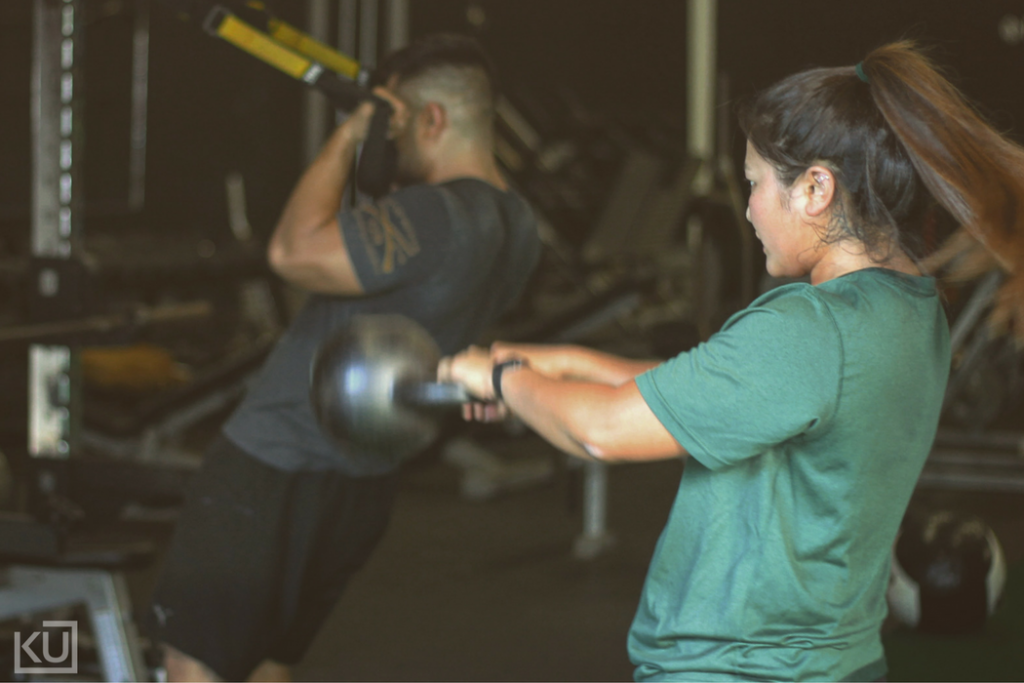
The Kū Method Training Day:
We will focus on what a single day with the Kū Method looks like. Mind you, majority of the training days are an hour long. You can get a ton of work done in an hour if you focus and get after it.
Here is how the training session is broken down:
Ho’omakaukau: Warm-up
Ho’opahu: Explosive/Speed Training
Ho’okupa’a: Strength
Ho’oulu: Supplemental/Accessory Work
Ho’omau: Conditioning
Ho’omohala: Cool down
That’s it. But I know you are thinking, “And then….” Don’t worry here comes the details. But the above is the flow of a typical training day. Nothing fancy.
Breakdown of Segments
Warm up: I’m not a fan of big choreographed warm-ups. The main focus of a warm-up is to increase your core temperature and prepare your body for the day’s training. The facility we train in has no AC, not much of a breeze, and can get super hot. So that will decrease the time needed to warm-up.
Another thing we do is foam roll. Everyone has their thoughts on foam rolling. We like it. Foam rolling makes us feel good. So we do it. After foam rolling, many go into a series of dynamic movement prep such as:
Handwalks
Lunge and Twist
Knee Circles
Bird Dogs
Glute Bridges
TRX Y-T-Ws
etc…
There are a handful who work on Olympic Lifts, so they will also perform barbell complexes to prepare themselves for either the snatch or clean and jerk depending on what day it is.
Again, we only have an hour so the warm-up is usually kept within 5-10 minutes.
Explosive/Speed Training: In this segment, we incorporate several methods such as sprints, plyometrics or jump training, medicine ball explosive work, and olympic lifts for those who are building up their strength and technique.
We keep explosive movements at the beginning when the individual is most fresh and ready for instruction, particularly in the more complex movements.
It’s hard to teach someone a complex movement at the end of a training session when they are fatigued and can’t fully focus. Also, we want the individual to feel fast and explosive rather than sluggish and as if they are stuck in quicksand.
The sets and repetitions range dependent on the individual’s training experience and maturity, as well as strength.
Strength: The strength segment is where we work on increasing absolute strength by lifting heavier loads. After performing explosive and speed work, our nervous system is primed which gives a transfer over to to our performance in the strength exercises.
This is where we perform heavy compound lifts such as squats, deadlifts, presses, other pulling variation, and build up to heavy sets of the olympic lifts.
The sets and reps for the strength segment range from 3-6 sets of 1-6 reps. Again, everything is dependent on the individual’s training experience and maturity. A more experienced lifter will take less sets in order to get a training stimulus because they are able to recruit a higher amount motor units making them apply more force, hence do more work compared to a beginner lifter who is still learning and doesn’t have the maturity to push hard.
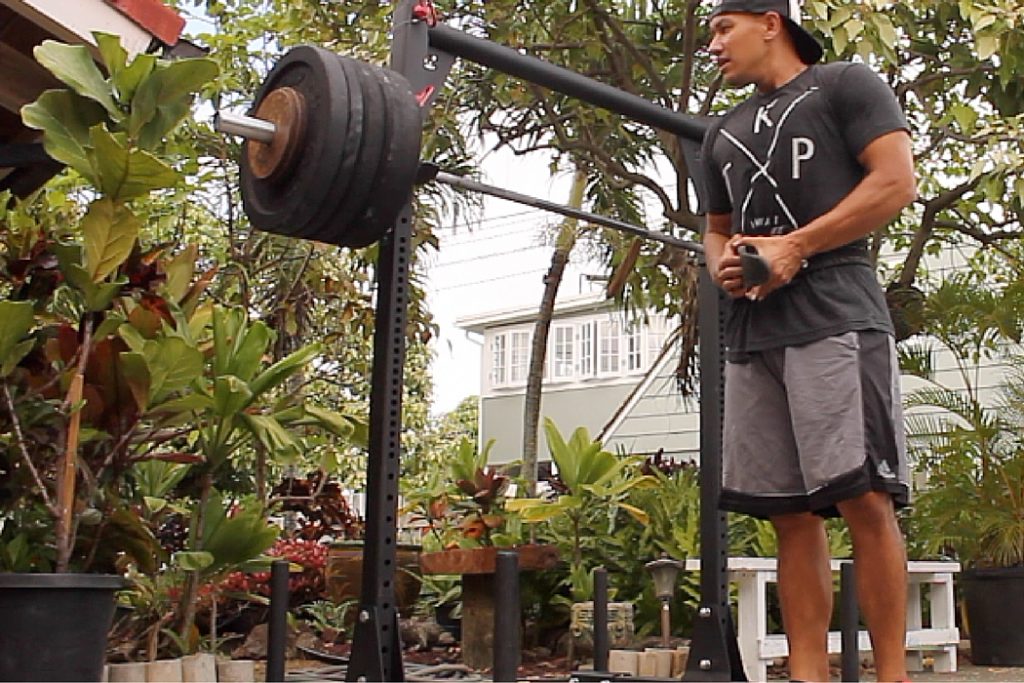
Supplemental/Accessory Work: After our strength segment we go to work on our supplemental and accessory work which incorporates exercises that’ll improve our focused strength exercise. For example, if squats was the emphasis then a single leg exercise (bulgarian squats) and hamstring exercise (Romanian Deadlift) would be performed because they assist in strengthening the muscles for the squat.
Other exercises are added in to bring up weaknesses or increase hypertrophy (muscle growth) of specific muscles groups like the upper back, glutes, shoulders, lower back, etc. Again, dependent on the individual.
During the explosive and strength segments, a coach should be able to indicate what needs to be worked on. Personally, I make it a point to learn and discuss with everyone how their body feels and watch for any red flags during their performance that needs attention.
The sets and reps during this segment are usually 3-5 sets of 6-12 reps. The amount of exercises will vary during this time but we try to keep it between 4 -6 exercises and keep the rest at a minute or less. Depending on our focus we can manipulate the rest times along with the sets and reps to get a particular training stimulus.
Conditioning: Conditioning is saved for the end. Now this is going to vary on the time we have and the person’s goal. For us, this is where we do a lot of bodyweight movements, use medicine balls and kettlebells, and do prowler work. Overall, we use simple exercises for the conditioning segment because by then the individual will be fatigued and if you throw too much complex movements towards the end of a training session then you are putting that person at risk of an injury.
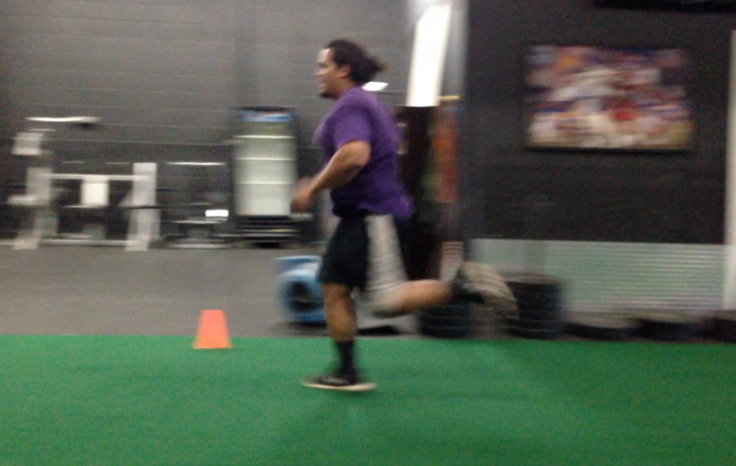
Cool down: Cool down is basically free. Many go back to foam rolling, some lay on the floor asking themselves, “What the hell just happened?”, and some just take a walk outside to catch their breath and feel whatever breeze is waiting for them.
The cool down time is important to calm your mind, body, and spirit. Whatever helps you do just that, do it.
Don’t forget to take a cold shower too.
There’s Much More
There’s a lot more that goes into a training day but that’ll take a whole book. Maybe one day. Because we can take out segments to increase the duration of spending more time in another. Say we want to really emphasize strength, we may skip out the explosive/speed segment or lessen the work done during the Supplemental/Accessory work.
The above layout, just gives you an idea of how a sample training day looks like and what I see when creating a training program/day for everyone.
